If you click on a link and make a purchase we may receive a small commission. Read our editorial policy.
How the failure of the Sega Dreamcast helped the Xbox 360 overachieve, according to one of the people who built both
One former Sega of America executive helped Microsoft plan for Sony's inevitable marketing onslaught and devise a strategy to counter it.
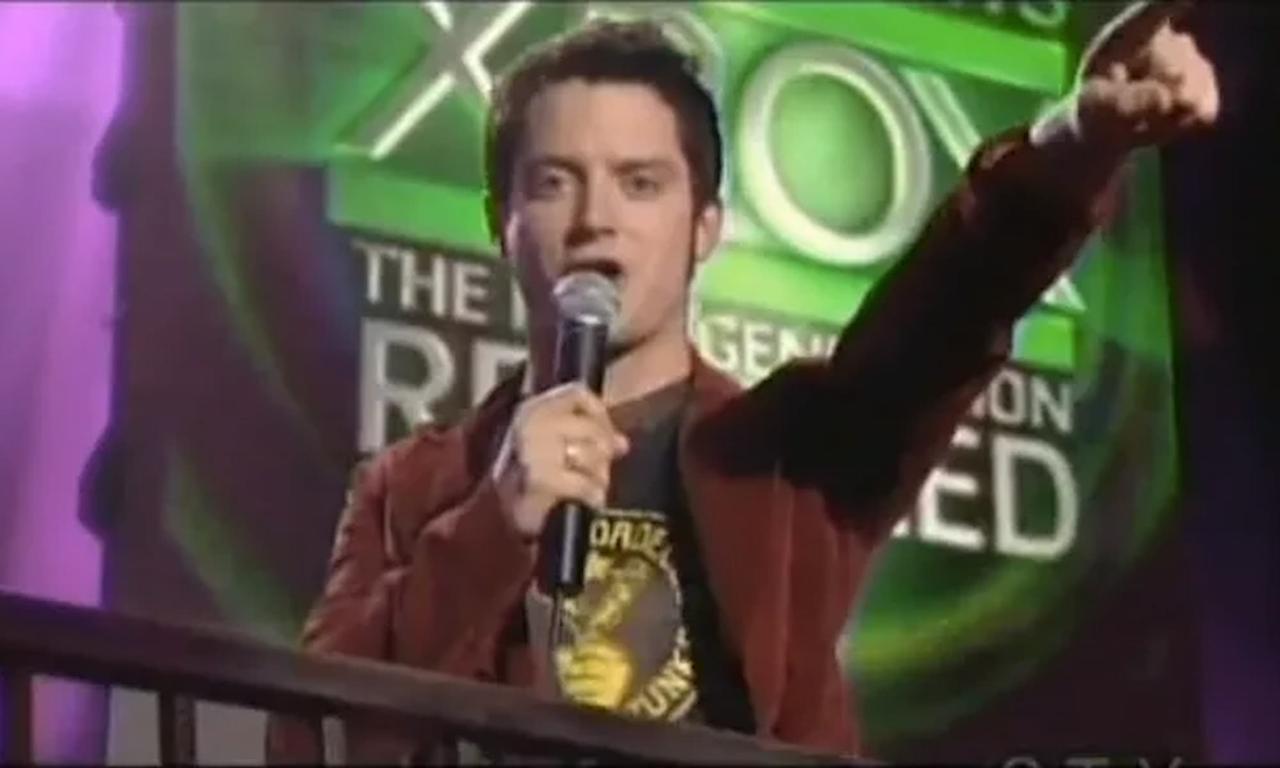
Popverse's top stories
- Dispatch ending explained: How to get the Hero, Antihero, and Everyman endings
- Watch now: Watch Marvel's Fantastic Four movie reunion with Ioan Gruffudd & Michael Chiklis from NYCC 2025
- Why Captain America quit: The political crisis that reshaped Marvel’s most iconic patriotic symbol
All week long: Revisit the highlights and lowlights of 1987 with Popverse's Made in 87 week.
The gaming industry is full of highs and lows. The Switch became one of the best-selling consoles of all time off the back of the Wii U’s failure. The PlayStation 4’s relative dominance was followed by the lackluster sales and supply issues of the PS5. However, perhaps the strangest correlation between success and failure in gaming consoles is between the Xbox 360 – and Sega’s underperforming Dreamcast console.
According to Peter Moore, who was head of Sega of America when the Dreamcast launched before joining Xbox in 2003, the Xbox 360 was the success it was because he had already seen how Sony was likely to attack them when the next generation of consoles came out.
“I’ve often said the Dreamcast passed the baton to the Xbox 360 which, with Microsoft’s resources, was able to take the Sega [online gaming] dream and build upon it,” Moore says in a recent interview.
See, Sony had deployed a particularly effective strategy for attacking the Sega Dreamcast. It became dubbed a “transition” console, which sat between the two console generations and wouldn’t be able to compete with the imminent release of PlayStation 2.
“Fear, uncertainty, and doubt placed in the minds of the gamer. They called Dreamcast a transition platform… ‘sure go buy one, but the moment the PlayStation 2 comes out in March of the following year, you're going to buy one of those," says Moore. "And to their credit, they placed that doubt into the minds of gamers."
And the strategy worked; Sega’s console flopped so hard that they were forced out of the hardware business and focused entirely on being a game developer and publisher. So, Moore, who had watched that play out in front of him, was able to counter their strategy when it came to getting gamers on board with the Xbox 360.
Microsoft employed a strategy of making their console seem as cool as possible, with a viral marketing campaign and a flashy reveal by Lord of the Rings' Elijah Wood on MTV followed by a launch event meant to evoke some serious Area 51 vibes.
“My marketing team did a brilliant job in a short period of time, and doing all of the work that was necessary to give it this kind of cool discovery vibe,” Moore recalled. Meanwhile, Moore suggested that Microsoft make up for their lack of first-party experience by aggressively courting third-party developers. All things that Sega had failed to do with the Dreamcast.
While the PS3 did outsell the Xbox 360 by the end of the console generation, Sony didn’t dominate Microsoft as it had with the original Xbox. Suddenly Microsoft was a major player in the gaming business, something they’ve maintained in the 20 years that have followed. All because of the lessons learned from the Sega Dreamcast's failure.
The gaming industry has come a long way since Pong blew all our minds in the 70s. We've got everything you need to know about the next big thing in games. Of course, Grand Theft Auto VI is going to be the big game of 2026, but there are plenty of other games coming out between now and then. Here is our starter guide for every gamer:
- All upcoming games in 2025 and beyond
- Gamify My Life, our weekly gaming column designed
- Popverse Picks: The best Assassin's Creed protagonists
- How to play every GTA game in order
- Why the GTA 6 budget isn't as crazy as you think
-
The Magic: The Gathering x Spider-Man crossover set wouldn't exist without the Spider-Verse
And be sure to check Popverse regularly for the latest gaming news.
Follow Popverse for upcoming event coverage and news
Find out how we conduct our review by reading our review policy
Let Popverse be your tour guide through the wilderness of pop culture
Sign in and let us help you find your new favorite thing.


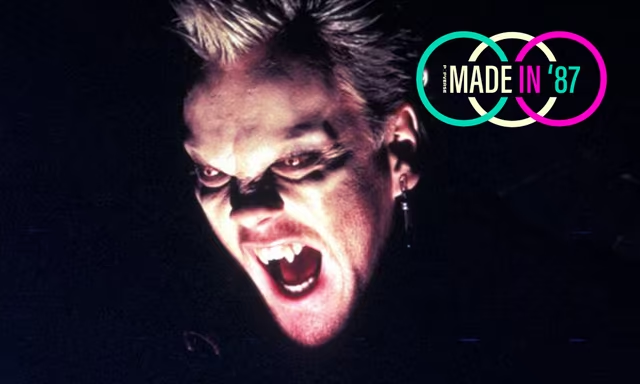
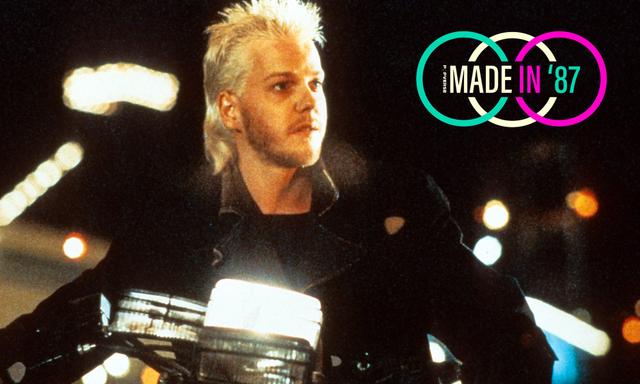



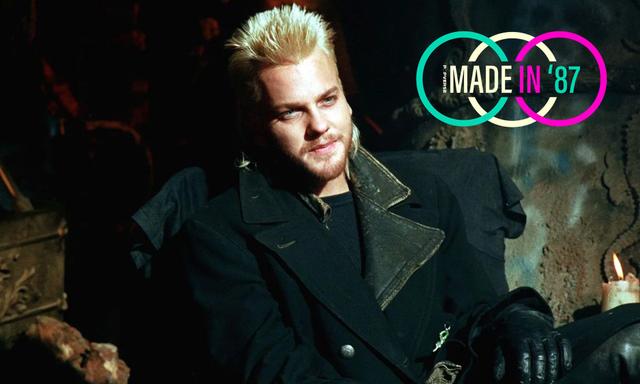

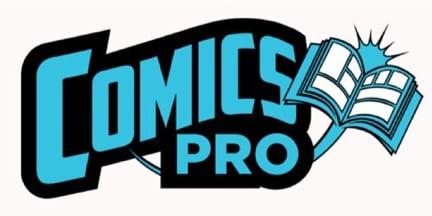





Comments
Want to join the discussion? Please activate your account first.
Visit Reedpop ID if you need to resend the confirmation email.